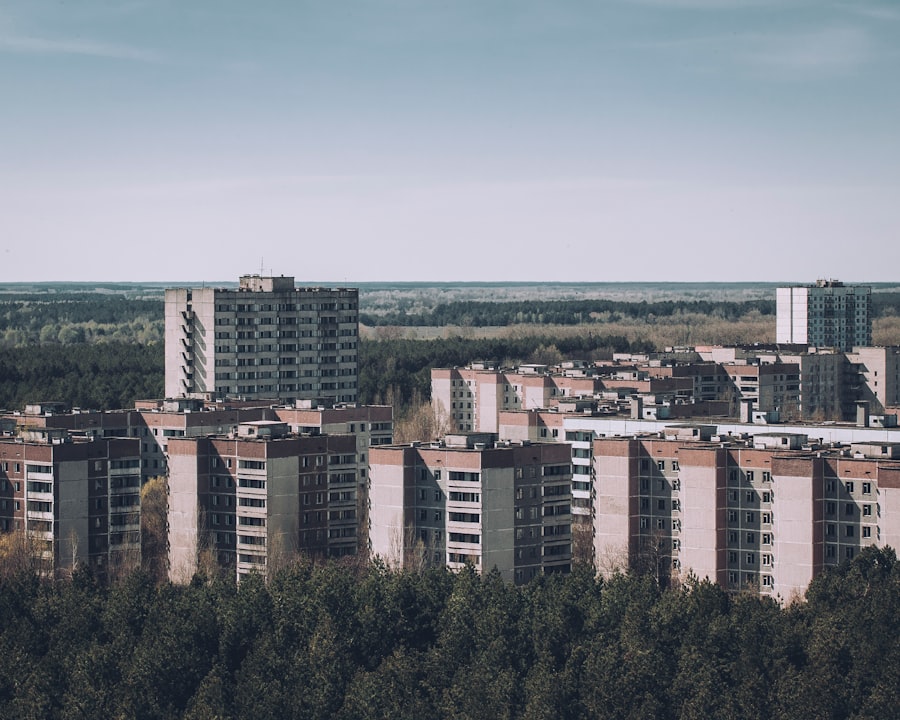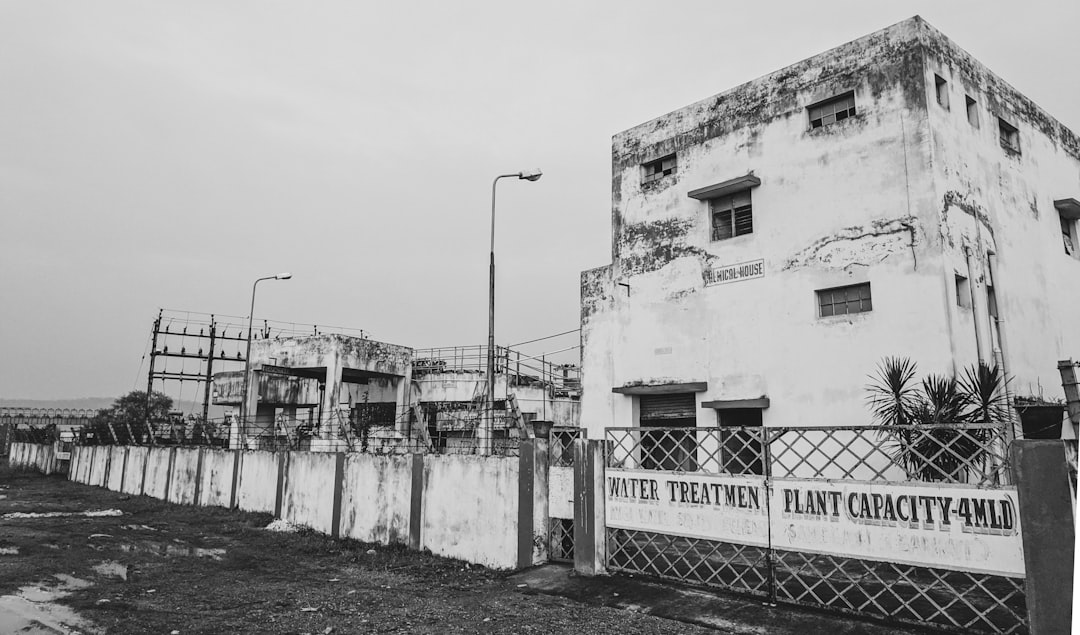The Great Plains, a vast expanse of flatlands stretching across the central United States and parts of Canada, is characterized by its unique geography and climate. This region, often referred to as the “breadbasket of America,” encompasses a variety of ecosystems, including grasslands, prairies, and wetlands. The Great Plains are bordered by the Rocky Mountains to the west and the Mississippi River to the east, creating a distinct boundary that separates it from other geographical regions.
Spanning over 1.3 million square miles, the Great Plains are home to a diverse array of wildlife and plant species, making it a critical area for both ecological and agricultural purposes. Historically, the Great Plains have played a significant role in shaping American culture and economy. The region has been inhabited for thousands of years by various Native American tribes, each with their own unique relationship to the land.
The arrival of European settlers in the 19th century marked a turning point in the history of the Great Plains, as waves of immigrants sought to claim land and establish farms. This influx of settlers would lead to profound changes in the landscape and the lives of its original inhabitants, setting the stage for a complex interplay of cultures, economies, and environmental challenges.
Key Takeaways
- The Great Plains is a vast region in the United States known for its flat terrain and extreme weather conditions.
- Early settlement attempts in the Great Plains were met with numerous challenges, including harsh environmental conditions and resistance from Native American tribes.
- Native American resistance had a significant impact on the settlement of the Great Plains, leading to conflicts and government policies aimed at displacing and assimilating indigenous populations.
- Government policies and settlement incentives played a key role in promoting settlement and agricultural development in the Great Plains, leading to boom and bust cycles.
- The history of settlement failure in the Great Plains highlights the importance of sustainable farming practices and conservation efforts to address modern challenges such as soil erosion and water scarcity.
Early Settlement Attempts
The early attempts at settlement in the Great Plains were marked by both ambition and hardship. In the mid-1800s, as the United States expanded westward, many settlers were drawn to the promise of fertile land and new opportunities. The Homestead Act of 1862 was a pivotal moment in this movement, offering 160 acres of public land to anyone willing to cultivate it for five years.
This legislation fueled a surge of migration into the Great Plains, as families packed their belongings and ventured into what was often seen as a land of opportunity. However, these early settlers faced numerous obstacles that tested their resolve. The harsh climate, characterized by extreme temperatures and unpredictable weather patterns, posed significant challenges to farming.
Many settlers arrived with little knowledge of agriculture or the specific needs of the land they were attempting to cultivate. As they struggled to adapt to their new environment, they often found themselves ill-prepared for the realities of life on the plains. Despite their determination, many families abandoned their claims, disillusioned by the difficulties they encountered.
Challenges of the Great Plains Environment

The environment of the Great Plains is both beautiful and unforgiving. The region is known for its vast open spaces and rolling hills, but it is also subject to severe weather conditions that can devastate crops and livelihoods. Droughts are common in this area, often lasting for extended periods and leading to water shortages that make farming nearly impossible.
Additionally, the soil in many parts of the Great Plains is prone to erosion, particularly when exposed to high winds and heavy rains. These environmental challenges were compounded by the settlers’ lack of understanding of sustainable farming practices. Many newcomers employed traditional agricultural methods that were ill-suited for the unique conditions of the plains.
Over time, this led to soil depletion and increased vulnerability to erosion. As settlers struggled to maintain their farms in the face of these challenges, many were forced to abandon their dreams of prosperity in favor of survival.
Impact of Native American Resistance
| Native American Resistance | Impact |
|---|---|
| Battle of Little Bighorn | Defeat of General Custer’s forces |
| Red Cloud’s War | Forced the US government to sign the Treaty of Fort Laramie |
| Nez Perce War | Forced the US government to recognize their right to return to their homeland |
The arrival of European settlers in the Great Plains was met with resistance from Native American tribes who had lived on these lands for generations. The indigenous peoples had developed intricate systems of land use that respected the delicate balance of their environment. As settlers encroached on their territories, conflicts arose over land rights and resources.
Native American tribes such as the Sioux, Cheyenne, and Comanche fought fiercely to protect their way of life from what they perceived as an existential threat. This resistance took many forms, from armed conflict to diplomatic negotiations. The U.S.
government often responded with military force, leading to a series of violent confrontations that would have lasting repercussions for both Native Americans and settlers alike. The impact of this resistance was profound; it not only shaped the course of settlement in the Great Plains but also highlighted the deep cultural rifts between indigenous peoples and European settlers. As treaties were broken and lands were forcibly taken, many Native American communities faced displacement and loss of identity.
Government Policies and Settlement Incentives
In an effort to encourage settlement in the Great Plains, the U.S. government implemented various policies aimed at attracting settlers. The Homestead Act was just one example; additional measures included land grants for railroads and incentives for agricultural development.
These policies were designed to promote economic growth and expand American territory but often overlooked the rights and needs of Native American populations. The government’s approach to settlement was largely driven by a belief in Manifest Destiny—the idea that Americans were destined to expand across the continent. This ideology justified aggressive policies that prioritized land acquisition over ethical considerations regarding indigenous peoples.
As settlers flocked to the plains, they were often met with government support in the form of financial assistance, infrastructure development, and legal protections that further marginalized Native American communities.
Boom and Bust Cycles

The history of settlement in the Great Plains is marked by cycles of boom and bust that reflect broader economic trends and environmental conditions. During periods of prosperity, such as the late 19th century, agricultural production surged as settlers cultivated vast tracts of land. Innovations in farming technology, including mechanized equipment and improved irrigation techniques, allowed for increased yields and greater efficiency.
However, these booms were often followed by devastating busts caused by factors such as droughts, market fluctuations, and over-farming. The reliance on monoculture—growing a single crop—left many farmers vulnerable when prices fell or when crops failed due to environmental conditions. As families struggled to make ends meet during these downturns, many were forced to abandon their farms or seek employment in urban areas, leading to a cycle of economic instability that would define life on the plains.
The Dust Bowl and Agricultural Collapse
The Dust Bowl of the 1930s stands as one of the most catastrophic events in American agricultural history. A combination of severe drought and poor farming practices led to widespread soil erosion across the Great Plains. As winds swept across barren fields, massive dust storms engulfed entire communities, rendering farmland uninhabitable and forcing thousands to flee their homes in search of better conditions.
The Dust Bowl not only devastated agricultural production but also had profound social implications. Families who had invested everything into their farms found themselves destitute and displaced. Many migrated westward in search of work, leading to an influx of people into California and other states where they hoped to find new opportunities.
This mass migration highlighted the interconnectedness of economic systems and environmental health, as communities struggled to adapt to changing circumstances.
Decline of Small Farming Communities
As agricultural practices evolved and larger commercial farms began to dominate the landscape, small farming communities in the Great Plains faced significant decline.
Many families who had once thrived on their modest farms found themselves unable to sustain their livelihoods amid rising costs and falling prices.
This decline had far-reaching consequences for rural communities. Schools closed due to dwindling populations, local businesses struggled to survive without a steady customer base, and social networks frayed as families left in search of better opportunities elsewhere. The fabric of small-town life began to unravel as younger generations sought employment in urban centers rather than continuing their family farming traditions.
Urbanization and Industrialization
The decline of small farming communities coincided with a broader trend toward urbanization and industrialization in America. As people left rural areas in search of work, cities began to grow rapidly, transforming the economic landscape of the nation. The industrial revolution brought new job opportunities in manufacturing and services, drawing individuals away from agriculture and into urban centers.
This shift had profound implications for both society and culture. Urban areas became melting pots of diverse populations as immigrants from various backgrounds settled in search of opportunity.
The once-thriving small towns of the Great Plains became ghost towns as residents sought better prospects elsewhere.
Modern Challenges and Conservation Efforts
Today, the Great Plains face a new set of challenges that threaten both its ecological health and agricultural viability. Climate change has exacerbated issues such as droughts and extreme weather events, putting additional pressure on farmers who are already grappling with fluctuating markets and rising costs. Water scarcity has become a critical concern as aquifers are depleted faster than they can be replenished.
In response to these challenges, conservation efforts have gained momentum across the region. Initiatives aimed at promoting sustainable farming practices seek to restore soil health and improve water management techniques. Organizations dedicated to preserving native habitats work alongside farmers to create a more balanced approach to land use that benefits both agriculture and biodiversity.
These efforts reflect a growing recognition that long-term sustainability is essential for both economic stability and environmental health.
Lessons Learned from the History of Settlement Failure in the Great Plains
The history of settlement in the Great Plains offers valuable lessons about resilience, adaptation, and respect for natural systems. The experiences of early settlers highlight the importance of understanding local environments before attempting large-scale agricultural practices. Sustainable farming methods that prioritize soil health and biodiversity can help mitigate some of the challenges faced by modern farmers.
Moreover, acknowledging the rights and histories of indigenous peoples is crucial for fostering equitable relationships between communities today. As society grapples with contemporary challenges such as climate change and resource management, learning from past mistakes can guide future efforts toward more sustainable practices that honor both people and place. In conclusion, while the Great Plains have witnessed cycles of boom and bust throughout their history, they remain a vital part of America’s cultural landscape.
By reflecting on past experiences—both successes and failures—there is an opportunity for future generations to cultivate a more sustainable relationship with this remarkable region.
The history of settlement failure in the Great Plains is a fascinating topic that delves into the challenges faced by early settlers in this vast region. Factors such as harsh weather conditions, economic hardships, and the difficulty of farming on the prairie lands contributed to many of these failures. For a deeper understanding of the geographical and historical context of these settlements, you can explore a related article on the topic by visiting this page. This resource provides insights into the environmental and social dynamics that shaped the settlement patterns in the Great Plains.
WATCH NOW! Why America’s Heartland Is Disappearing Fast
FAQs
What is the history of settlement failure in the Great Plains?
The history of settlement failure in the Great Plains refers to the numerous attempts to establish permanent settlements in the region during the 19th and early 20th centuries, many of which ultimately failed due to various challenges such as harsh environmental conditions, lack of infrastructure, and economic hardships.
What were some of the main reasons for settlement failure in the Great Plains?
Some of the main reasons for settlement failure in the Great Plains included droughts, dust storms, harsh winters, locust plagues, and the lack of reliable water sources. Additionally, the lack of infrastructure such as roads and railroads, as well as economic hardships, also contributed to the failure of many settlements.
How did the failure of settlements in the Great Plains impact the region?
The failure of settlements in the Great Plains had significant impacts on the region, leading to depopulation, economic hardship, and social upheaval. Many settlers were forced to abandon their land and seek opportunities elsewhere, leading to a decline in agricultural productivity and a loss of investment in the region.
What role did government policies play in the settlement failure in the Great Plains?
Government policies, such as the Homestead Act of 1862, encouraged settlement in the Great Plains by offering free land to settlers. However, these policies often failed to take into account the environmental challenges of the region, leading to the failure of many settlements. Additionally, the lack of support and resources from the government further contributed to settlement failure.
Are there any successful settlements in the Great Plains despite the challenges?
Despite the challenges, there were some successful settlements in the Great Plains, particularly in areas with more favorable environmental conditions and access to water sources. Additionally, the development of irrigation systems and improved agricultural practices in some areas contributed to the success of certain settlements.
